Reggio-Style Portfolios: Documenting your Child’s Growth
What do you think of when you hear the word assessment?
Measuring achievement? Evaluation of learning? Benchmarks and comparing our kids to where they should be?
What if assessment were used less as a means for reporting achievement, and more as a means of looking at children’s growth and for the purpose of teacher planning, and children's goal setting?
In the olden days, assessment used to mean we were evaluating our children’s work according to certain standards or benchmarks. But today, assessment means a whole lot more.
Assessment for learning is the process of gathering and making sense of our child's learning - to help us determine where children are at in their learning, and where they need to go.
Assessment as learning is the child’s responsibility, and is the process of self-reflection on learning. We call this meta-cognition.
Assessment of learning measures learning at a given point in time - a snapshot that can be used to communicate achievement to others (homeschool coordinators, supervising boards, charter schools, administrators etc.…)
In schools of Reggio Emilia, Italy, you won’t find progress reports or report cards, but you will find find large, expansive documentation panels spreading across walls, sharing snapshots of young children’s project work across all stages. From brainstorming, idea generation to theories and quotes, to the creation process along with finished product.
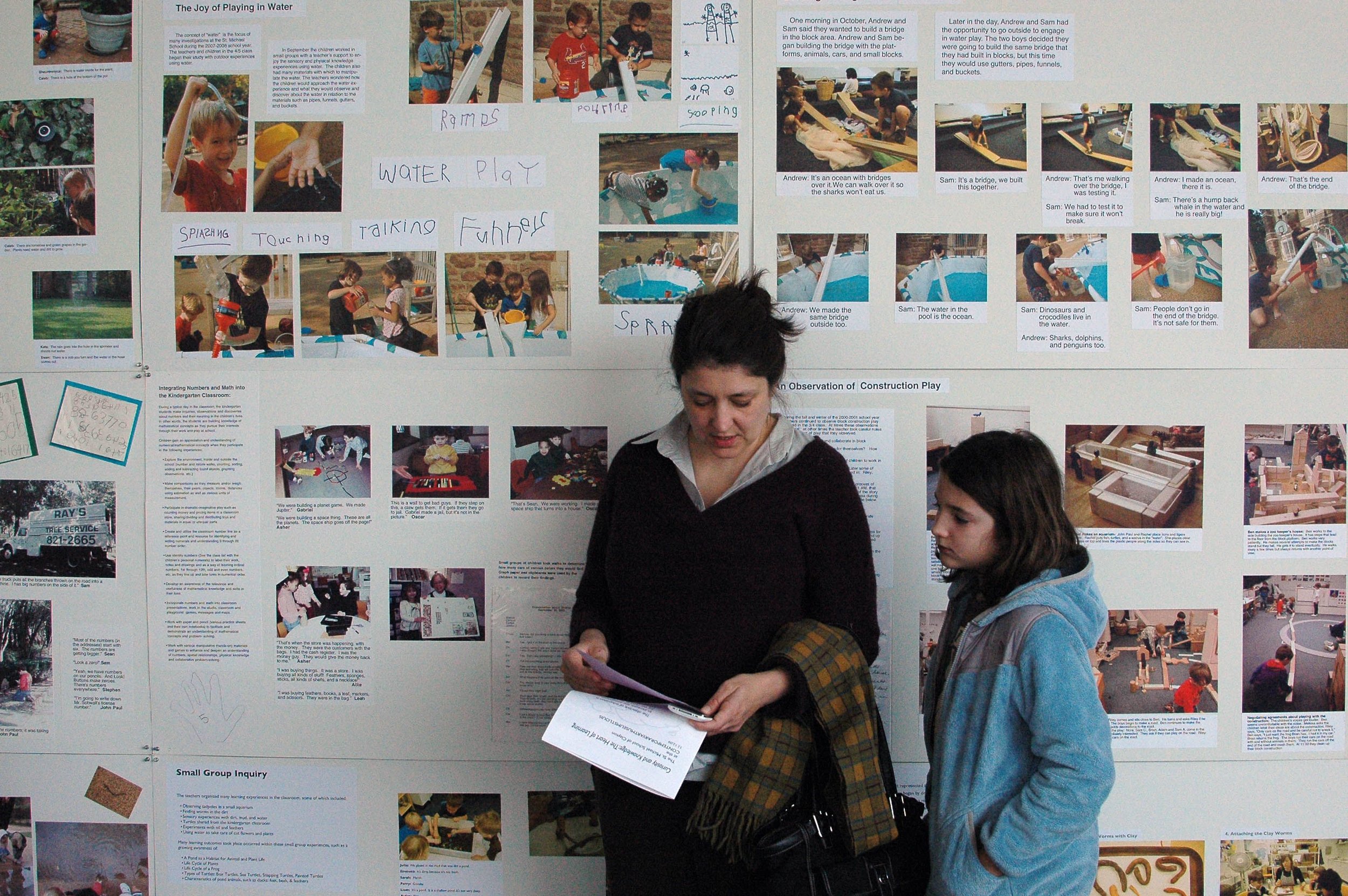
Documentation panel, St. Michael School of Clayton, MO
Documentation is “thinking and learning made visible," and is like a window into a child’s mind over time.
Documentation considers all three forms of assessment. While my process for documentation is not as involved as the schools of Reggio Emilia, Italy, I use it as a way to collect evidence of children’s thinking and learning, to help them set learning goals, as well as to share actual products of learning.
A tool I’ve found invaluable for documentation are “Idea books.” Idea books - simple coil bound, hard cover sketchbooks - are like a living portfolio, used to house children’s ideas, to capture their stories, to share their learning, and to write my observations.
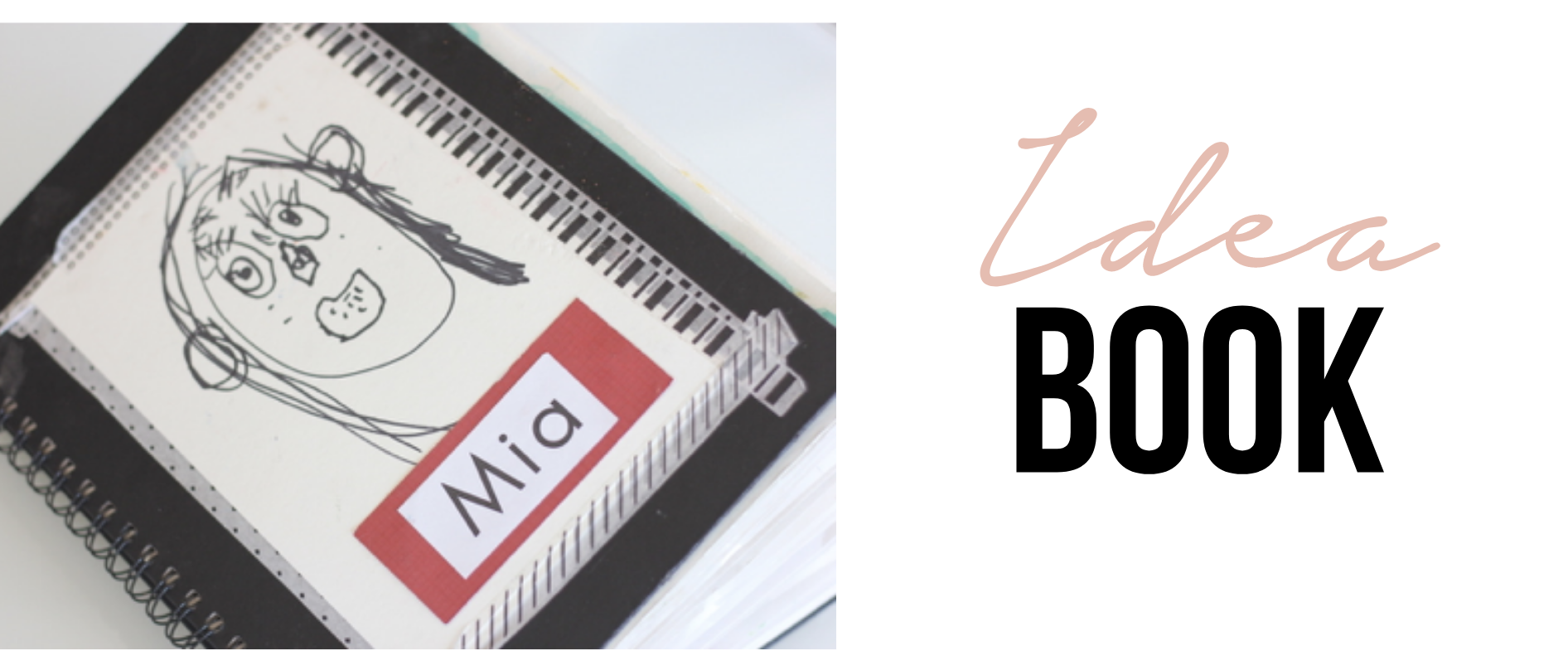
These idea books are like an organic, and ever-evolving snapshot of learning over time. We often go back to look at our “theories” and how our thinking and learning has evolved.
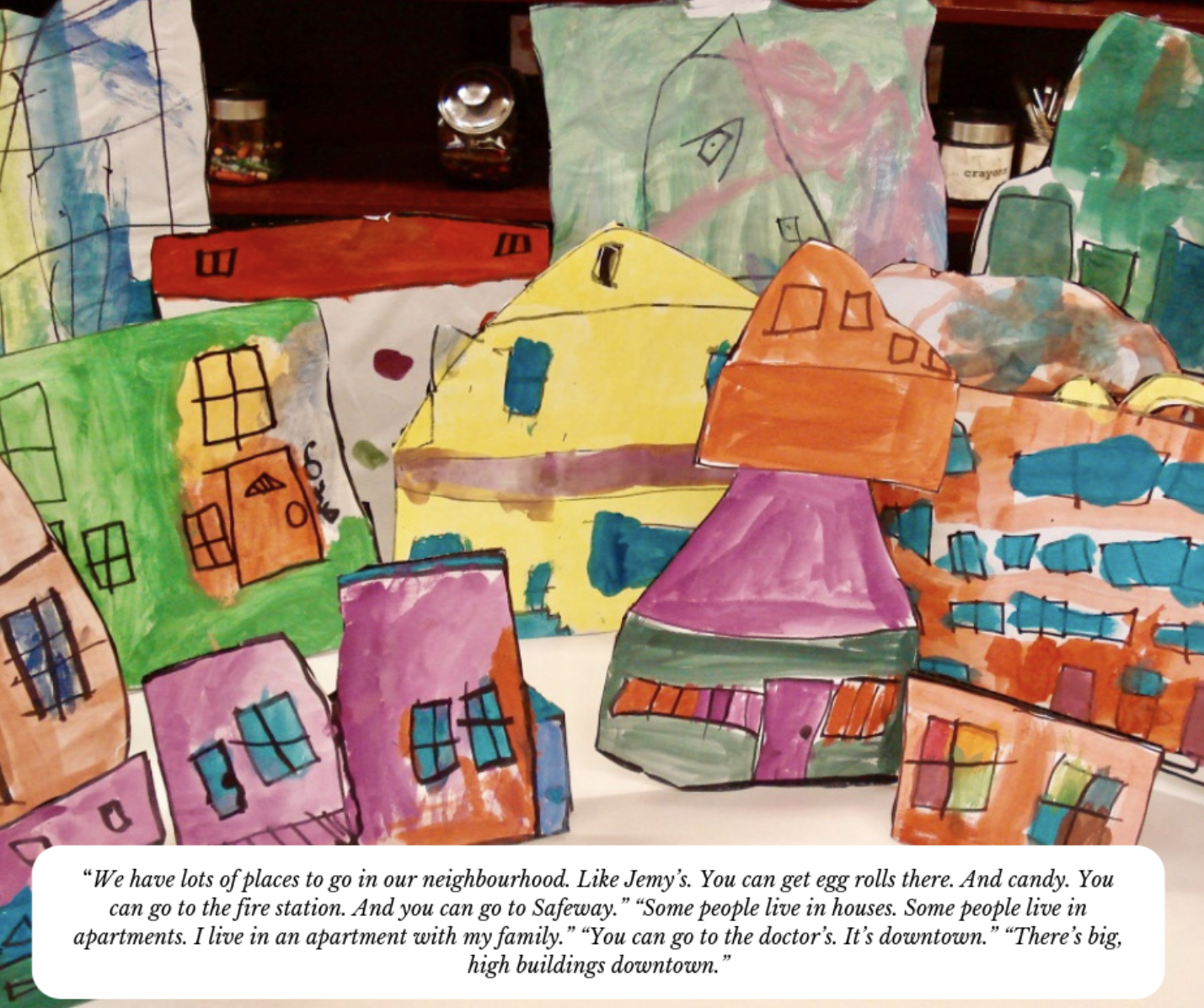
Loris Malaguzzi, founder of the Reggio approach said “we become detectives of the traces of the learning processes of the child.” Our job as educators is to read between the lines to determine our children’s interests as well as next steps for learning. This is not a science, but rather, we use our knowledge about the child and our point of view and intuition about what they will need next. What kinds of materials and experiences will provoke deeper thinking, lead to greater understanding?
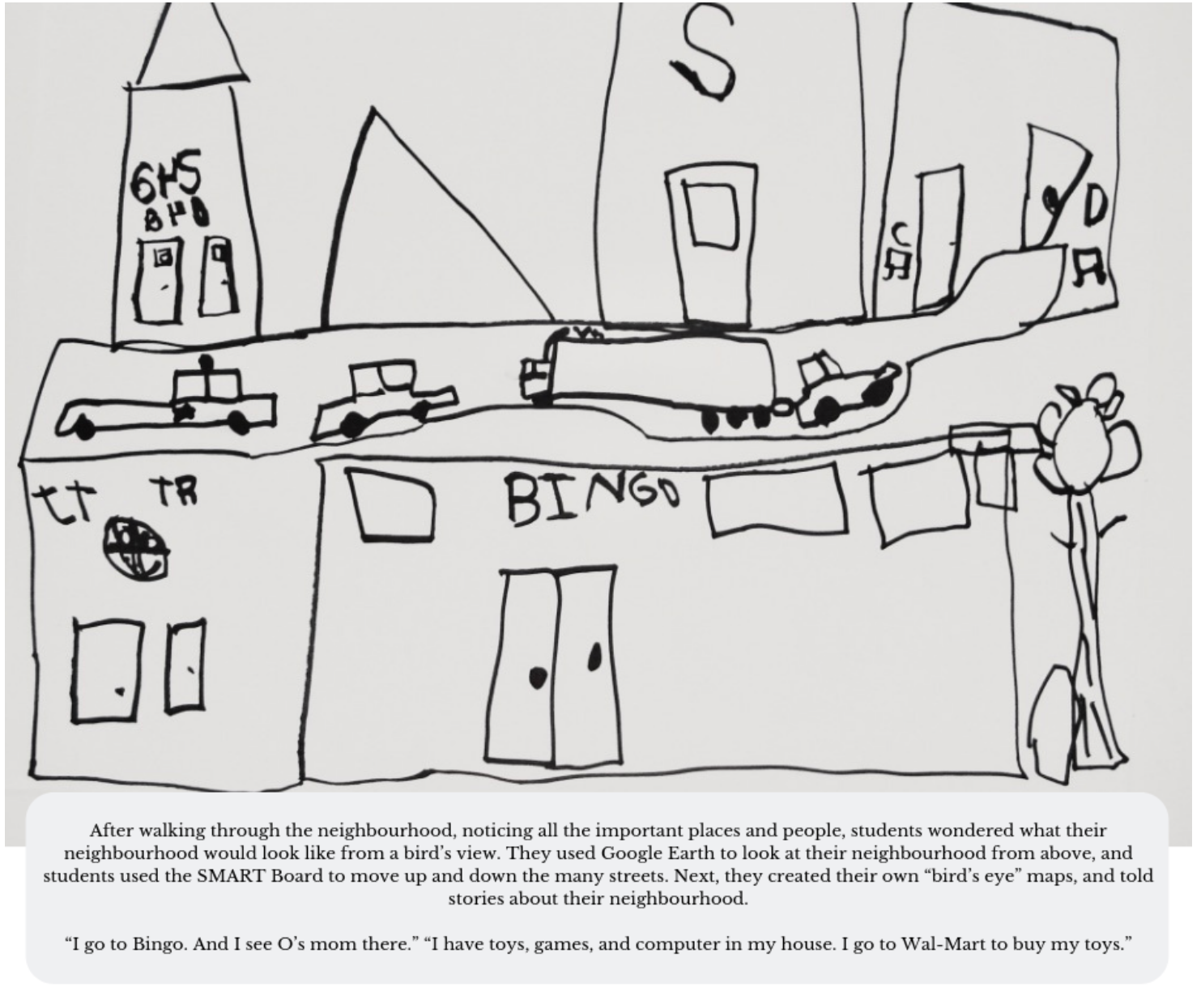
When paired with a tool like a learning continuum - a scope and sequence chart - we can map out exactly where the child is at, and how to plan learning forward.
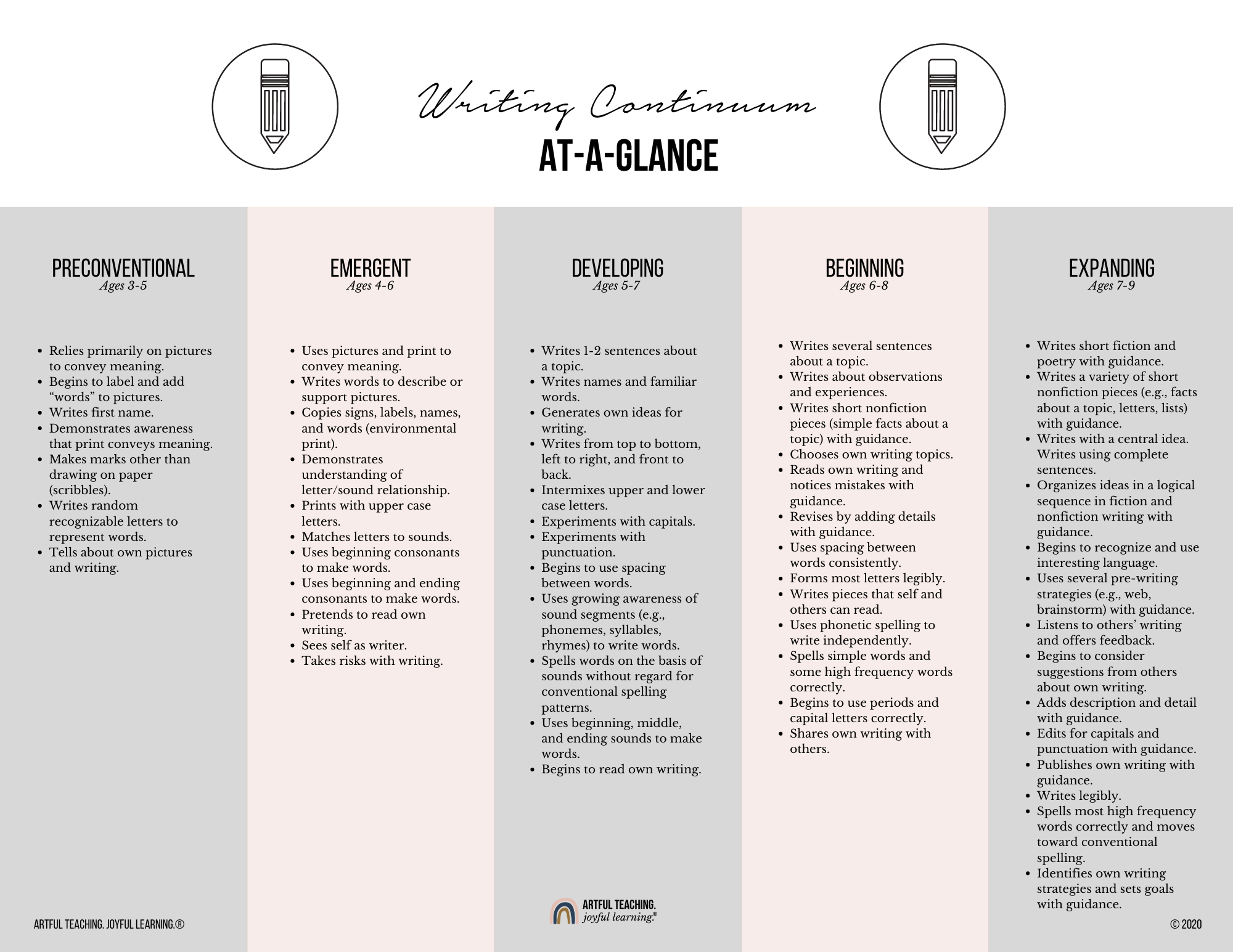
Through documentation, we can “triangulate” evidence of learning - through conversations we have with children, through our own observations and through the learning products (your child’s finished work). 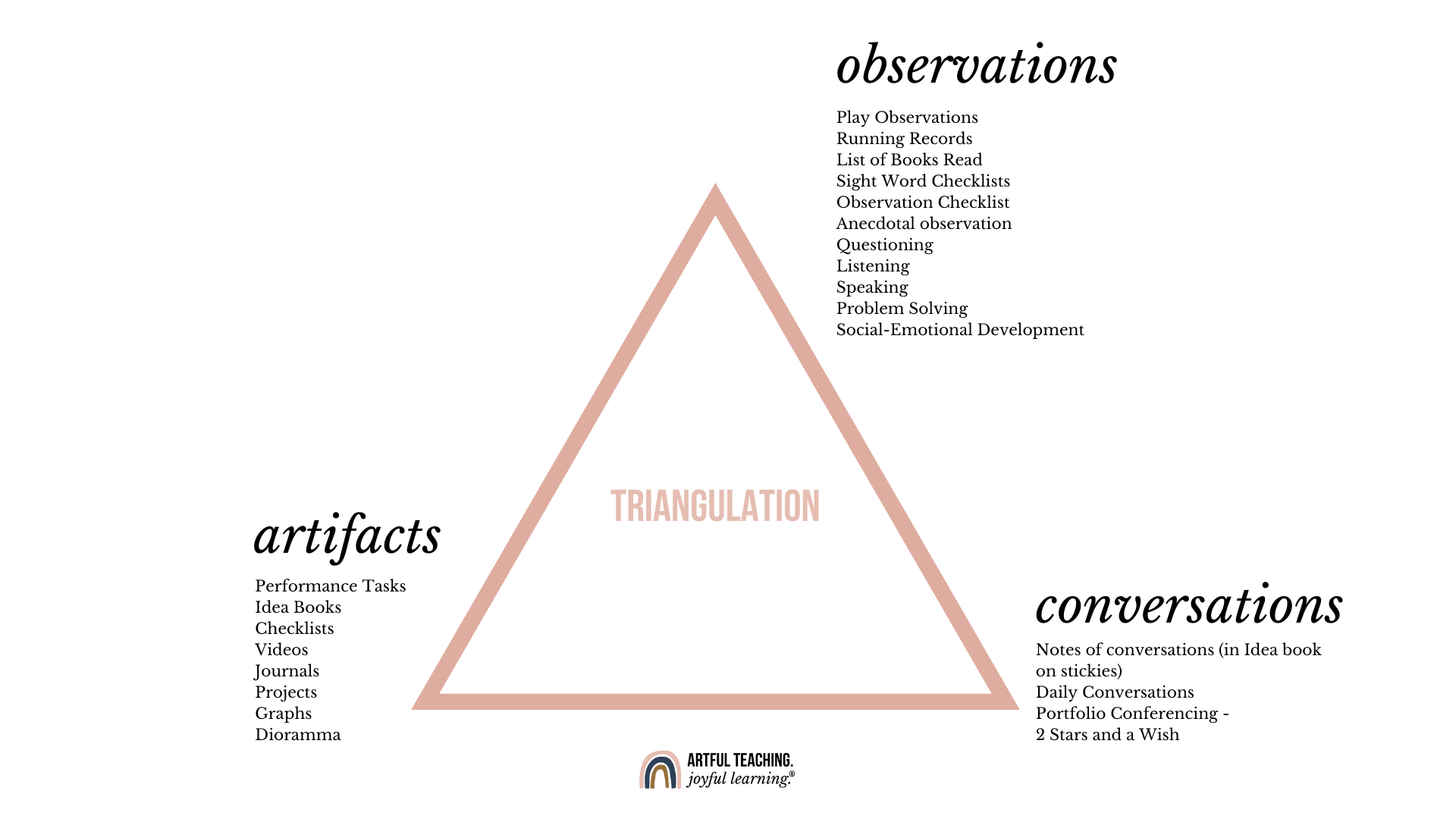 In their Idea Books, I often make space to share my written, anecdotal observations (sometimes these are learning conversations we have, other times these are informal observations of my own); I make space for children’s finished work, and include “in-process” or planning work. We also use idea books as a way to house more formal assessments like letter/sound identification, as well as a space to set and share learning goals.
In their Idea Books, I often make space to share my written, anecdotal observations (sometimes these are learning conversations we have, other times these are informal observations of my own); I make space for children’s finished work, and include “in-process” or planning work. We also use idea books as a way to house more formal assessments like letter/sound identification, as well as a space to set and share learning goals.
 An idea book is a wonderful tool for documenting and celebrating children’s work. These portfolios make learning and growth visible over time, and become a beautiful keepsake for years to come.
An idea book is a wonderful tool for documenting and celebrating children’s work. These portfolios make learning and growth visible over time, and become a beautiful keepsake for years to come.
Will you try an Idea Book with your child?
LOVE the idea of an IDEA BOOK? You'll LOVE Artful Teaching. Joyful Learning.® All-in-One K-1 Curriculum.


